New virtual reality (VR) dance experience Facades is touring the north and midlands. This surreal and immersive VR dance piece invites the audience to walk the line between reality and illusion in a beautiful, massive, yet unsettling narrative drawing on iconic scenes from classic movies.
Choreographed and performed by Kerryn Wise (Studio Wayne McGregor Questlab Digital Dance Artist 2018-19; Dis-place, Broadway Media Centre and The People’s Hall), Facades has been co-created by Creative Technologist Ben Neal, whose work has previously been seen at the Victoria & Albert Museum and Somerset House. We got to speak to Kerryn about the piece and her career.
Can you tell us about your current, project: Facades and creating dance for VR, what drew you to the piece?
Facades is a room-scale dance theatre virtual reality (VR) experience exploring reality and illusion. Inspired by iconic moments in the film, Facades uses the architectural features of mirrors, windows and doors as metaphors for duality, reflection and portals.

With a film noir mood, Facades invites individual viewers to see the dance from unique perspectives, to look behind the scenes and to take a closer look. I am interested in creating exciting and unique experiences for audiences and Facades gave us the opportunity to create a virtual space where audiences can experience dance in a new way.
We wanted to create a performance in a virtual world where illusions can be created and revealed. Ben (the creative technologist) and I both have a common interest in film, and we wanted to take ideas from both film and dance and explore these in a VR experience which allows audiences to move around and be inside the fictional film scenes we have created, and to get up close to the performers.
Is there a message you want viewers to take away from the show?
The work explores feelings of isolation, loneliness, loss and power, all feelings we can probably relate to after the last couple of years, yet it is also playful and beautiful. We wanted to immerse audiences in a new virtual world and allow them to see things that they cannot in the real world. The work plays with illusion and has several moments that will surprise and engage audiences.
Please describe how you came to be a choreographer; was there a piece you’ve seen that made you want to create your work, a first impulse to make dance?
I have always loved to move and dance, the freedom that this activity provides, and I realised that I was interested in making dances rather than being mainly a performer. This led me to choose a degree course which was focused on choreography and devising and this led to my work as a choreographer.
I have always been inspired by the work of choreographer Lea Anderson (who I was introduced to when studying A-Level dance), and the way that she brought together innovative costumes, sound and movement with links to popular culture and with a quirky, gestural, stylistic aesthetic.
What is the most rewarding thing about your work?
Collaborating with other brilliant, talented artists and performers and then getting to see audience reactions to our work. I also really love to teach movement and choreography with digital technologies and to see others understand the potential that new technologies have to extend our understanding and experience of theatre and dance.

Before you develop a dance routine, what do you need to determine?
How it will be experienced by an audience, as I often work in non-traditional spaces and site so the consideration of where and how the audience will view the work is very important. I also consider what I want audiences to feel when they watch the show. I then start to create visual mood boards of my ideas and research. This all happens before I go into the studio to begin to choreograph.
What would be your dream role you’ve never danced?
As I mainly choreograph, I don’t really have a dream role, but I would love to be involved in Punchdrunk’s large-scale immersive works – that would be very exciting!
Who are your influences and inspirations?
Lea Anderson, Wim Vandekeybus, Wayne McGregor, Lost Dog, Darkfield.
What advice would you offer someone considering a career in Dance?
There are many roles beyond performing that contribute to the dance ecology and often dancers will have a portfolio career. Being involved in dance as a career is hard work, but very rewarding.
Where can people follow your work on Socials?
@StudioDisplace and @KerrynWise


